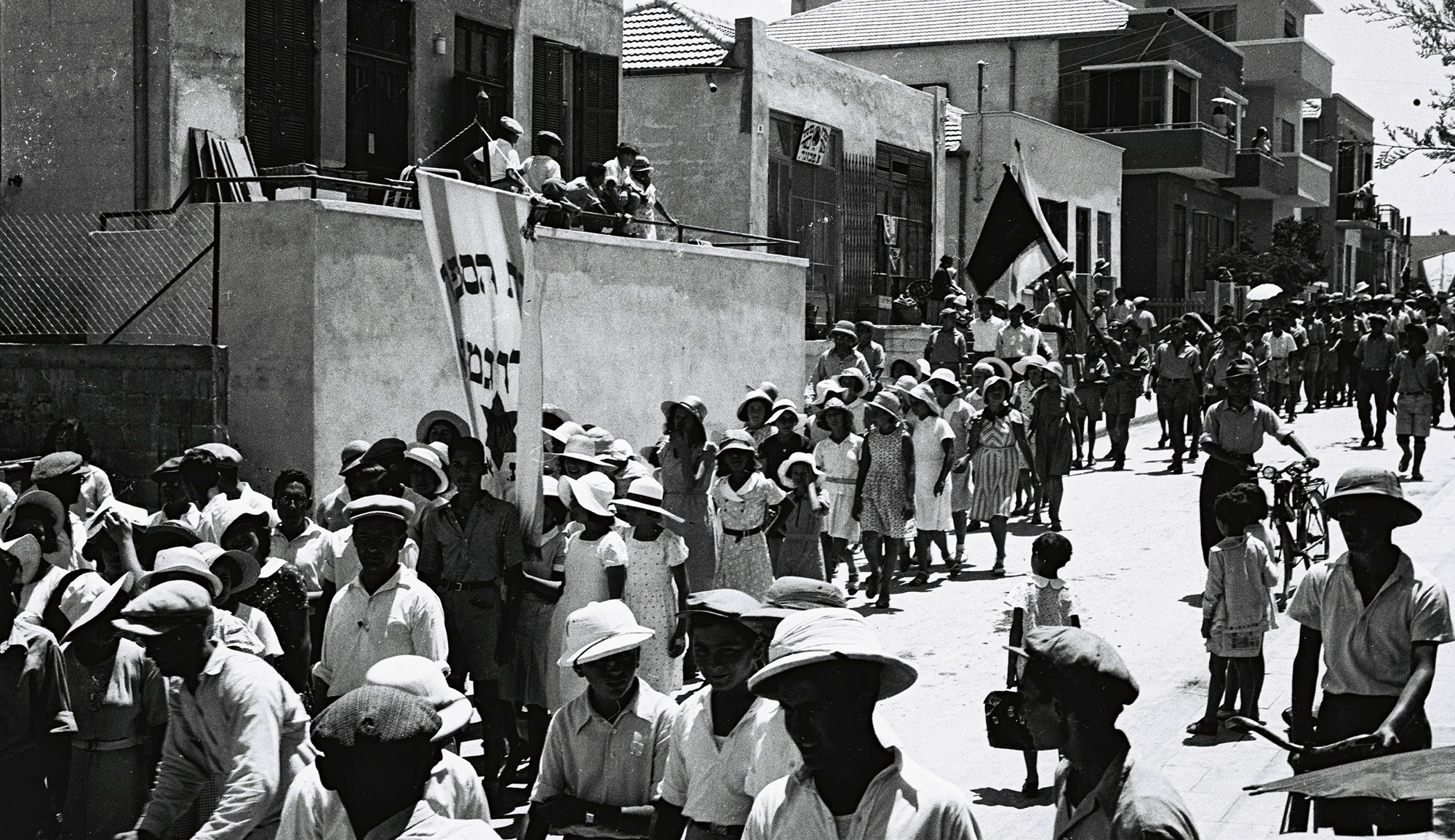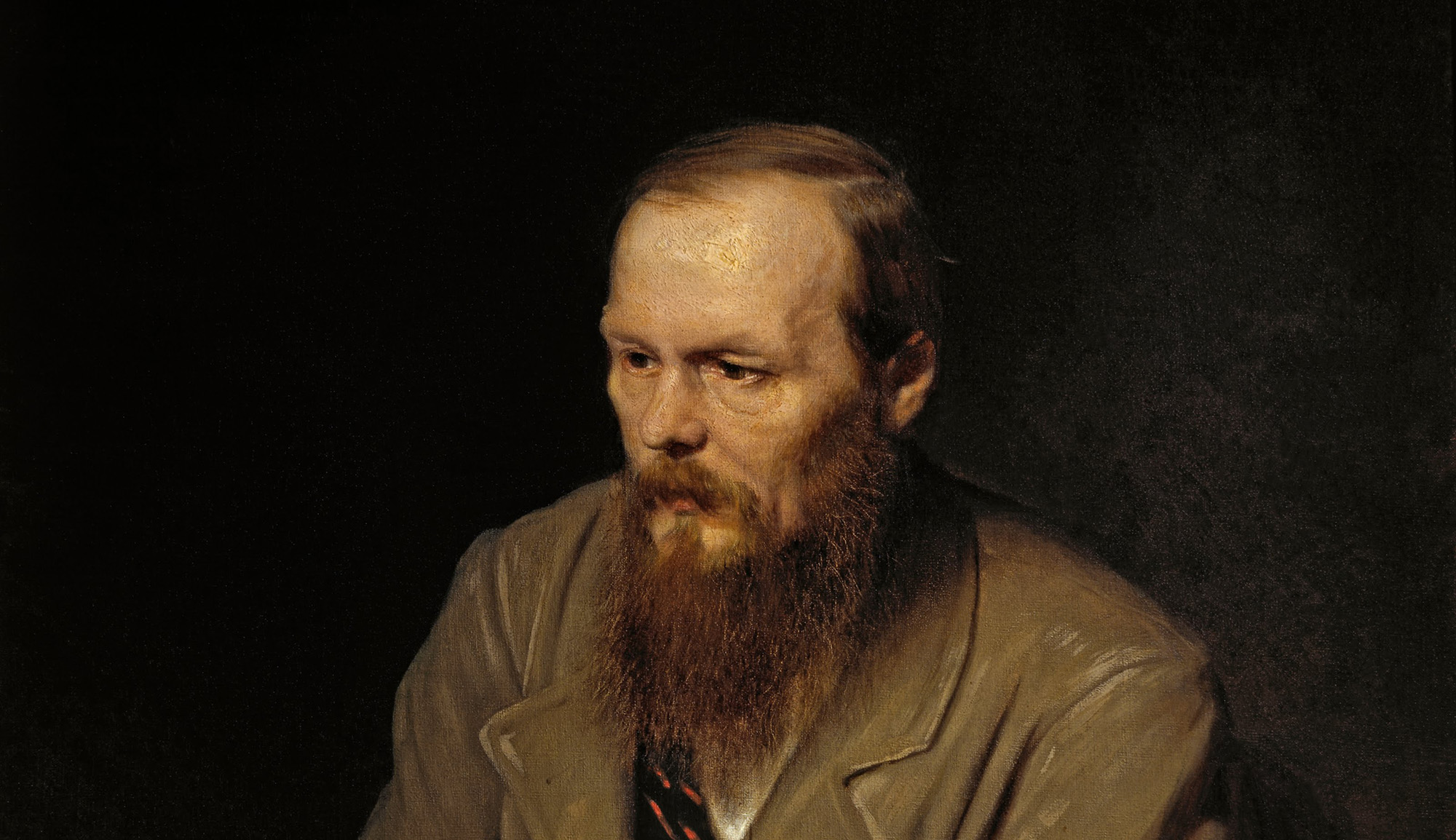On the Jewish calendar, tomorrow marks the 50th anniversary of the death of the great Hebrew writer S.Y. Agnon, several of whose works are set in the Galician town he calls Shibush (in Hebrew, “mistake”): a stand-in for his hometown of Buczacz in what is now Ukraine. Jeffrey Saks considers the city’s role in Agnon’s posthumous book A City in Its Fullness—a cycle of stories set in Shibush—which, like most of Agnon’s work, was written in the Land of Israel:
Agnon’s early writings are marked by a harsh critical eye, spotlighting hypocrisy and deception, especially relating to financial matters and social injustice. Only as Agnon matures is his focus on physical poverty (which remains ever present in his writing) overtaken by a portrayal of the spiritual poverty of Buczacz as a synecdoche for Jewry in general.
Agnon departed Buczacz at age twenty, and, aside from two very brief visits, essentially never returned—yet his literary imagination was never far from his hometown, as if to say, “you can take the boy out of Buczacz, but you can’t take the Buczacz out of the boy.” Similar observations can and have been made about other great novelists; Mark Twain, James Joyce, William Faulkner, and Philip Roth all come to mind.
A City in Its Fullness is awash in social criticism, bordering on outright indictment of the communal leadership and the corrosive effects of vanity and power on Jewish life. Among the objects of particular concern are the oppression of the poor and the gap between the town’s expressed ideals as a religious community and its sometimes-shoddy application of those ideals. The book bears a dedication to a city that “was full of Torah, wisdom, love, piety, life, grace, kindness and charity”; its content often tells a different tale.
The essential difference between his early and later career is how Agnon learned to temper the youthful critique. He did this out of artistic impulse, . . . but also out of a desire not to be a shill for the old world, or attempt to deconstruct it. . . . Agnon desired simultaneously to skewer and to sacralize and, in so doing, ask what that world of the past has to say to the present and future. It is this last insight which makes Agnon and his writing worthy of our attention even now, a half-century since his passing.
More about: East European Jewry, Hebrew literature, S. Y. Agnon


